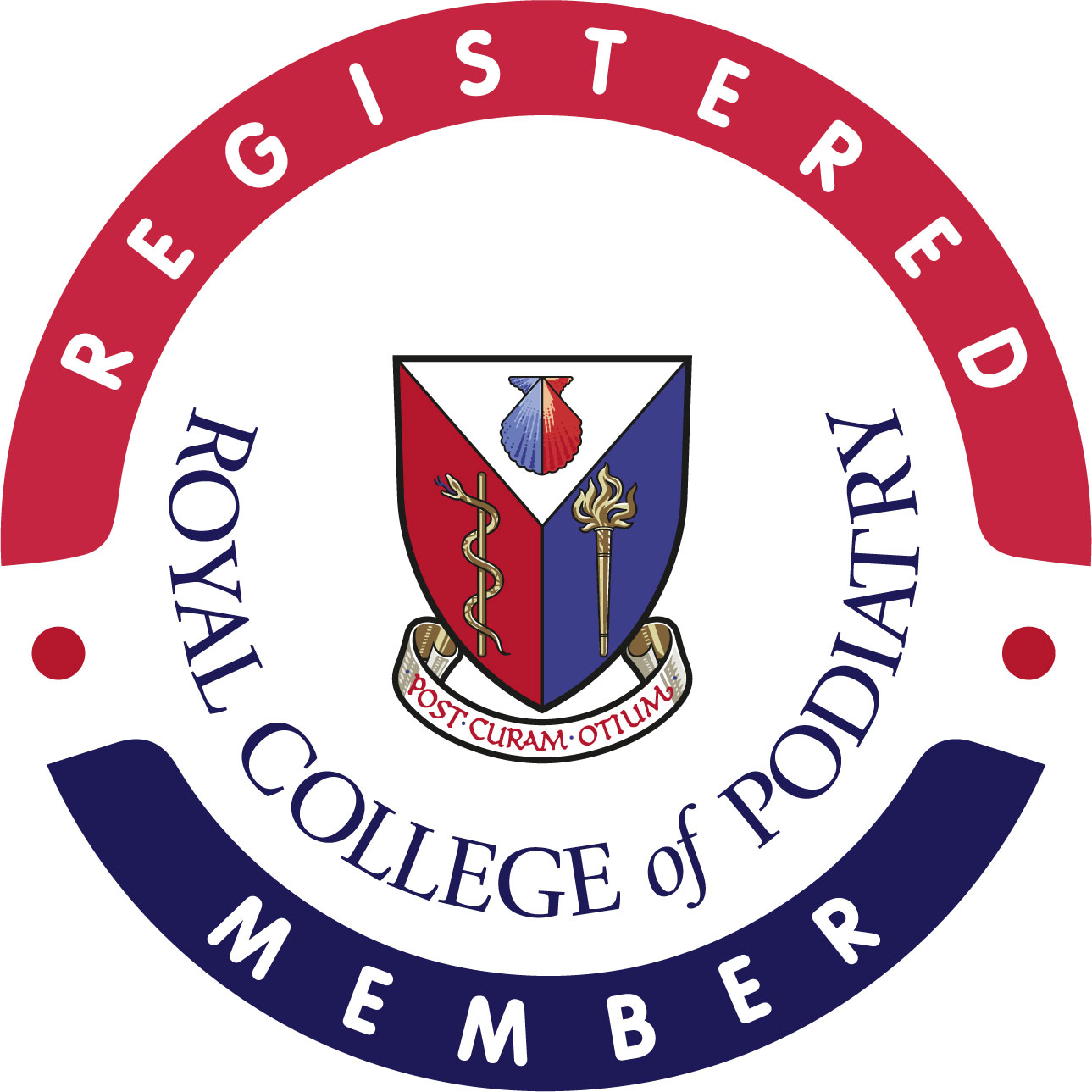Bespoke treatment to relieve pain and prevent infection
Is your toenail so painful that you can’t touch it? Ingrown toenails are a common source of pain and can leave you in complete agony even if something as light as your bedsheet touches your toe! At Podiatry Station, we can help relieve your pain with specialist treatment from our professional and experienced podiatrists.
Book your treatment









